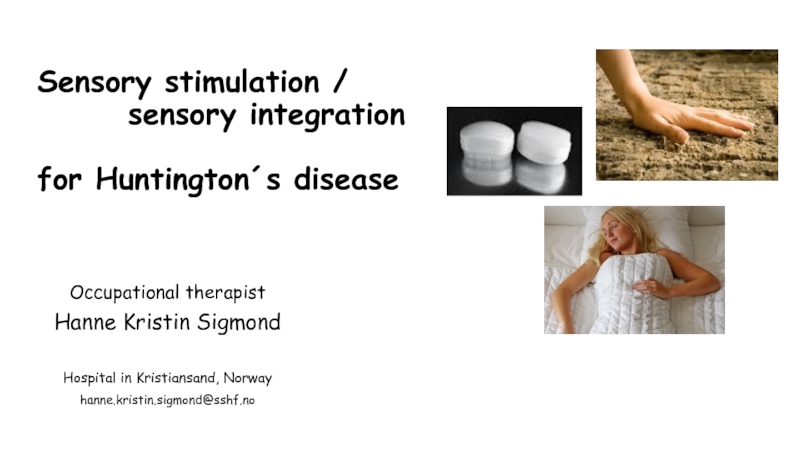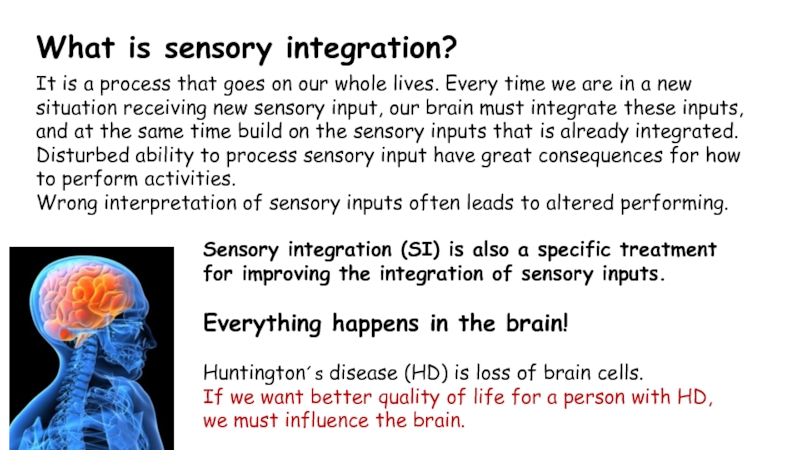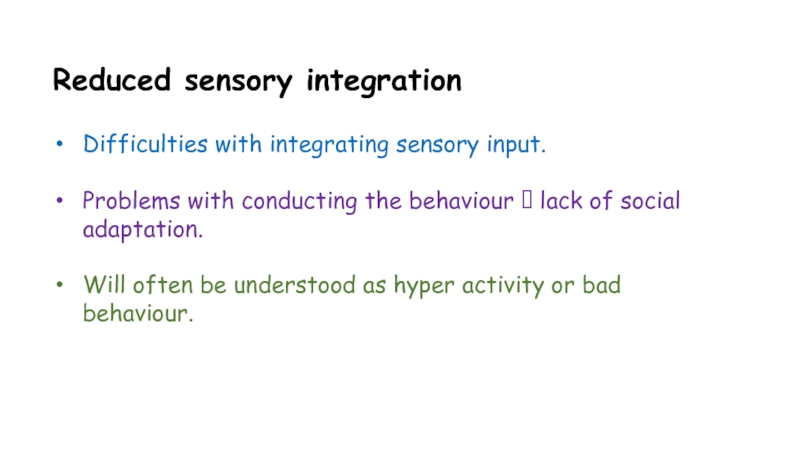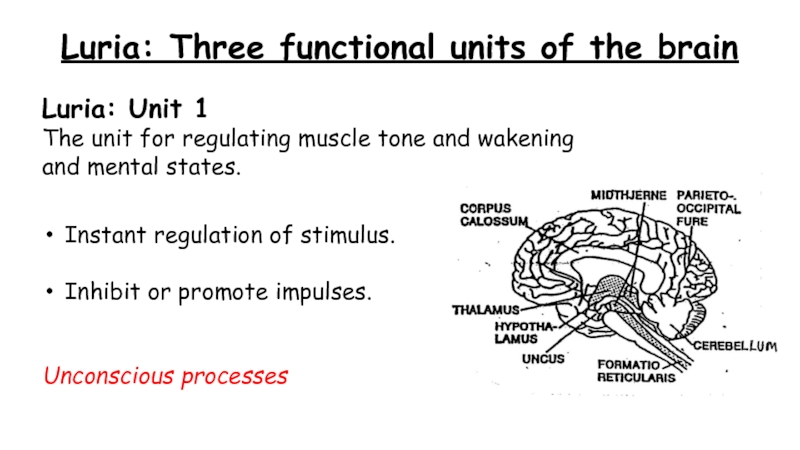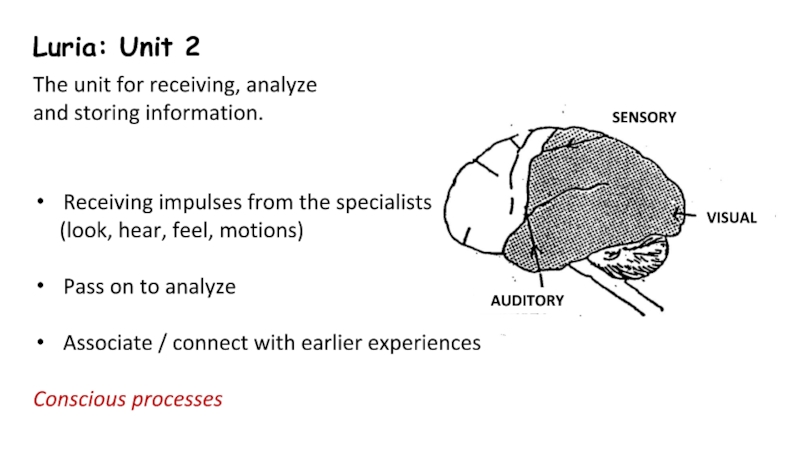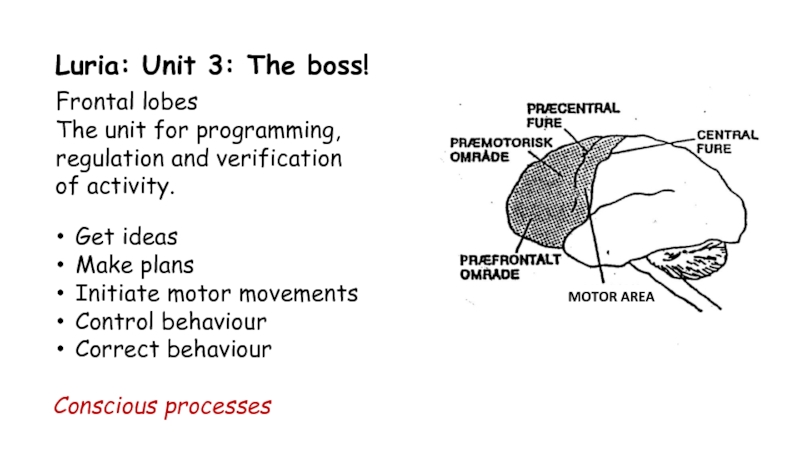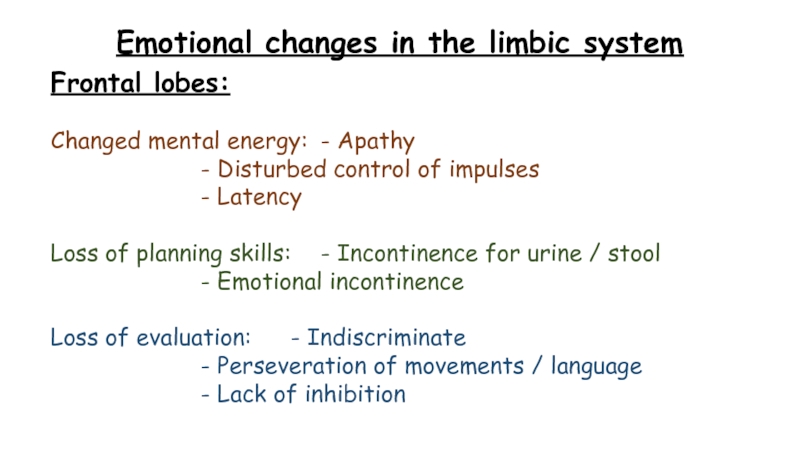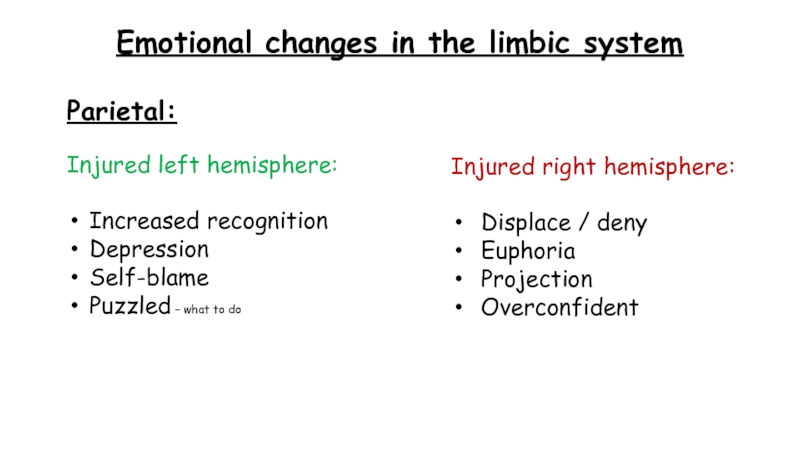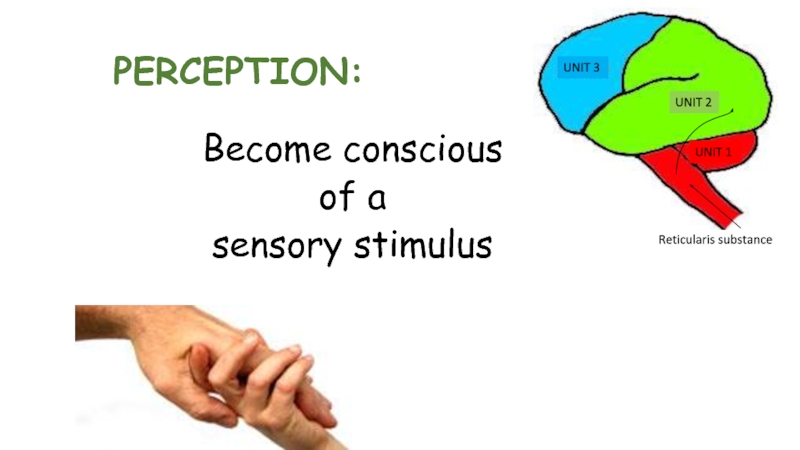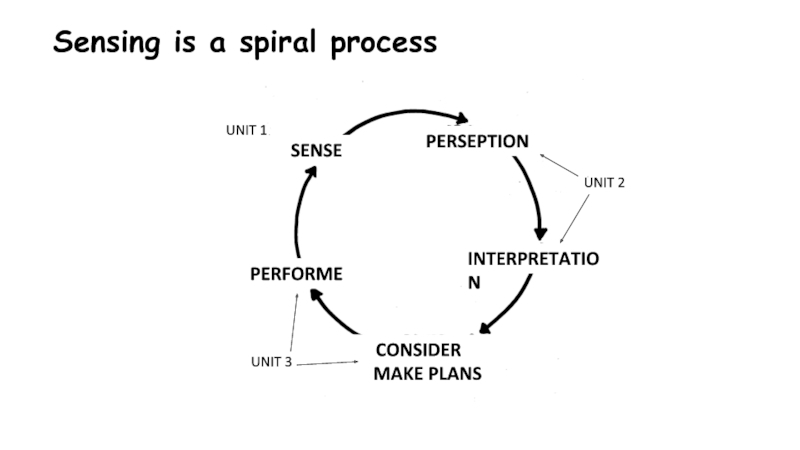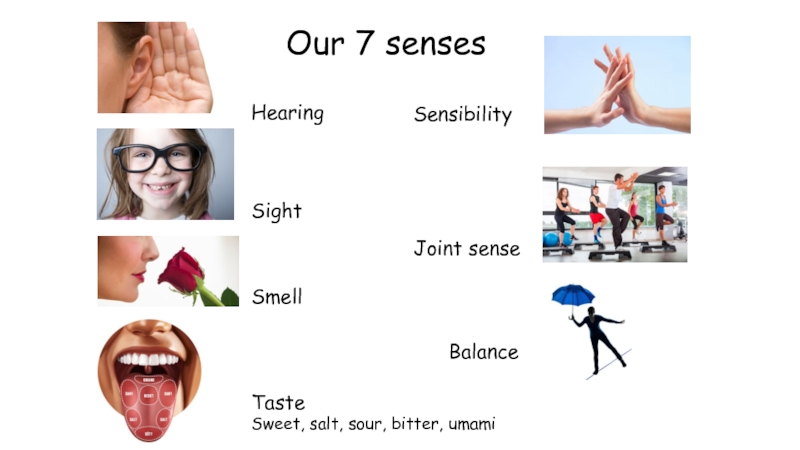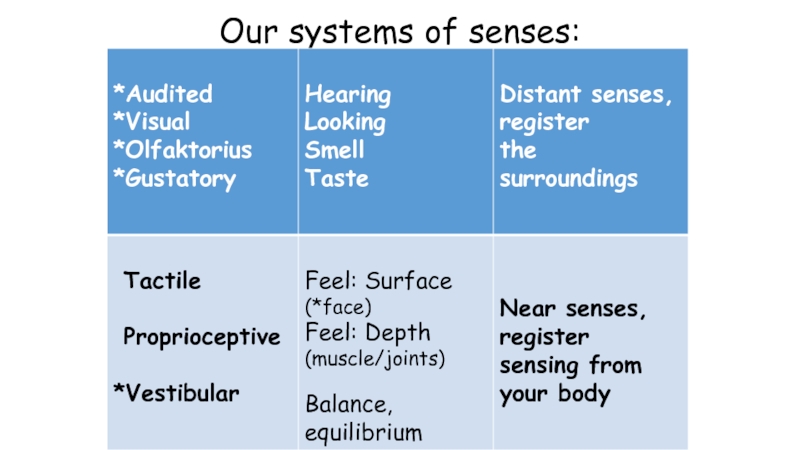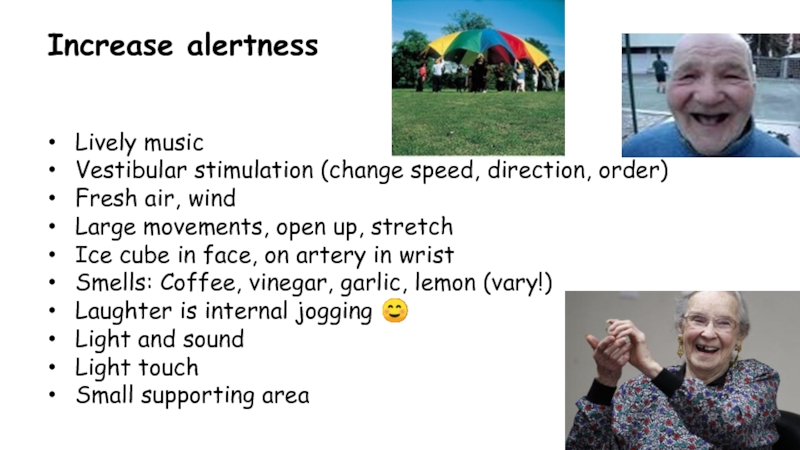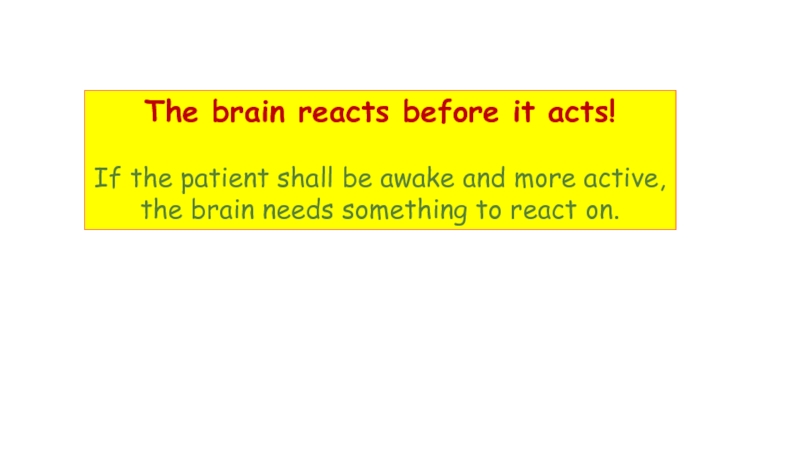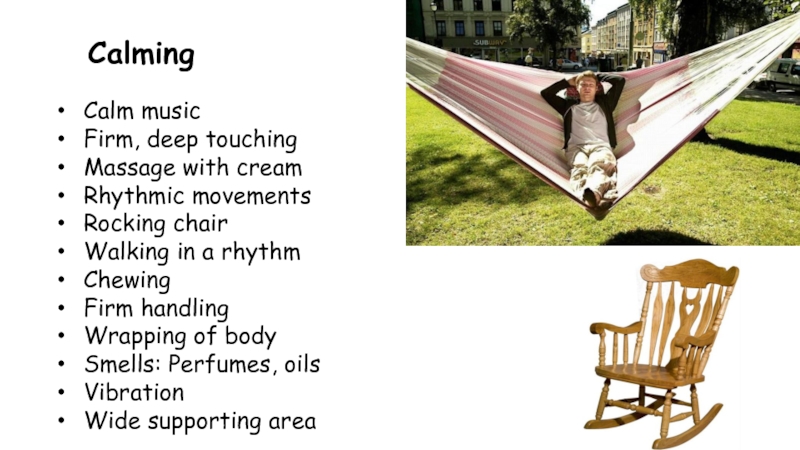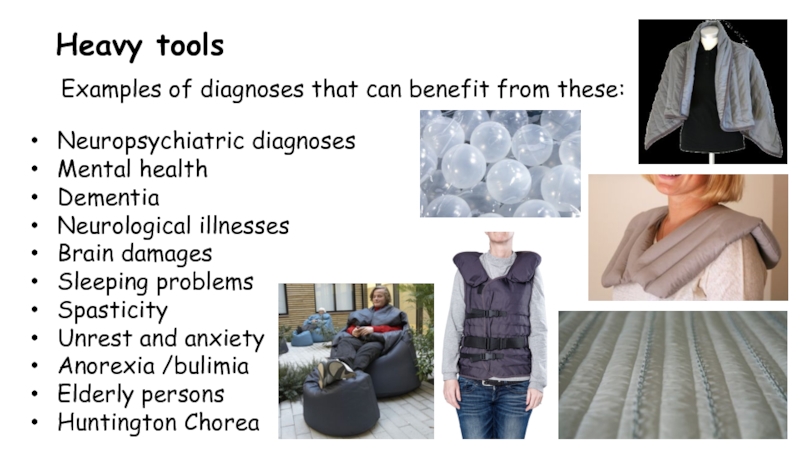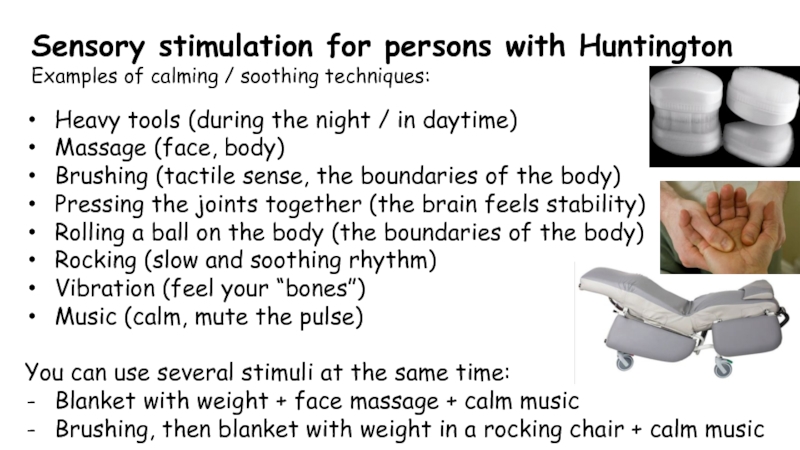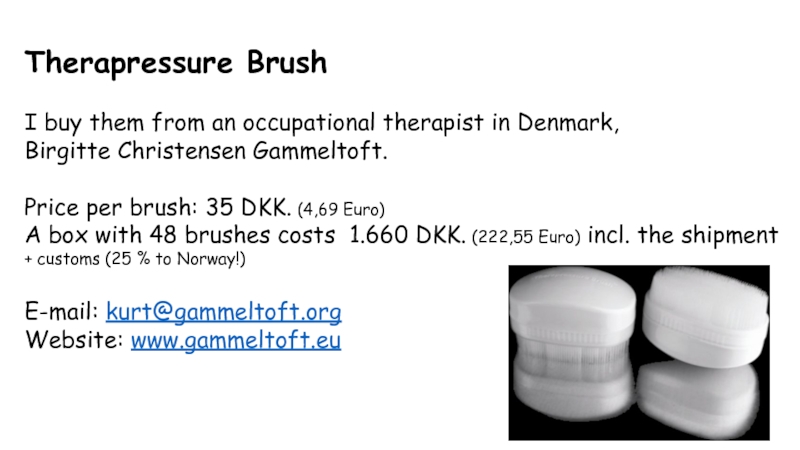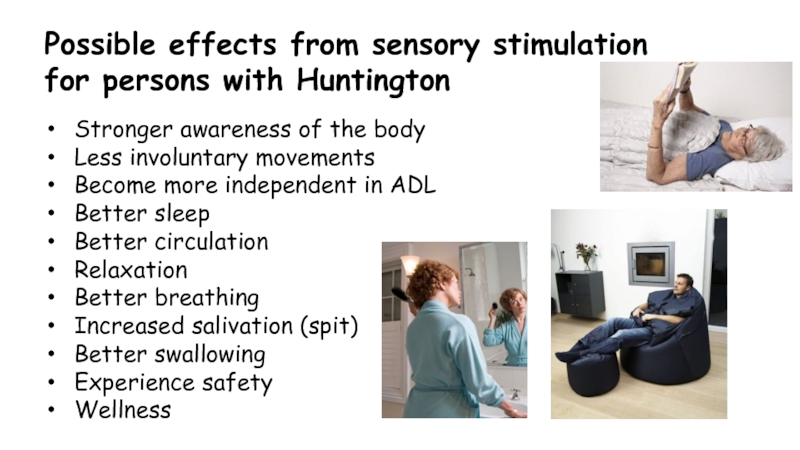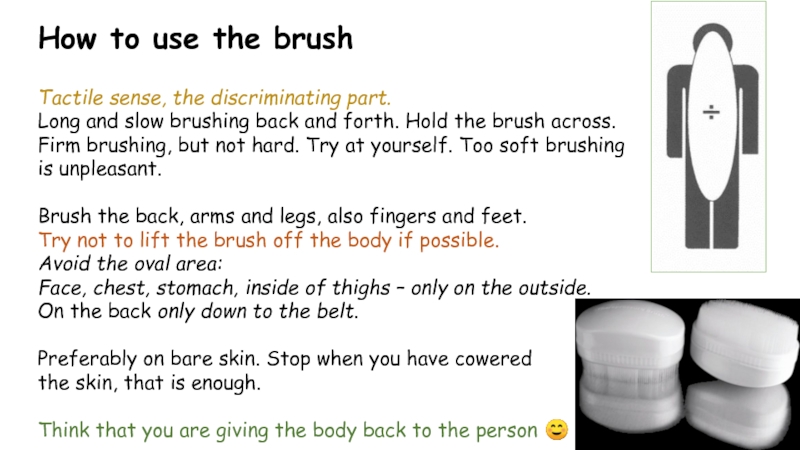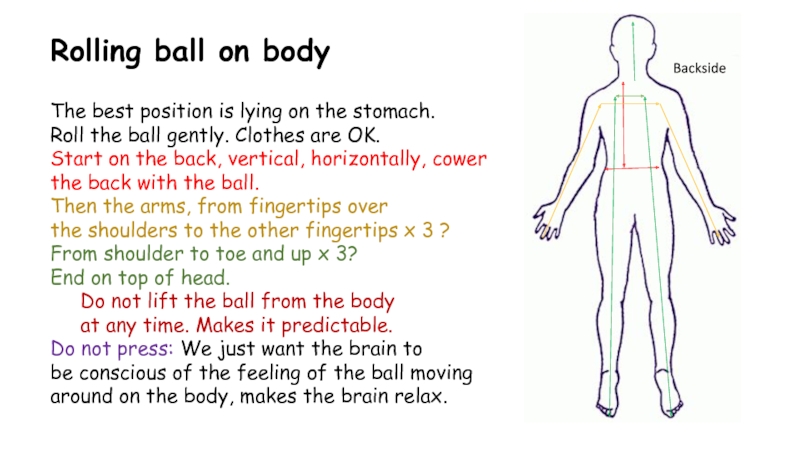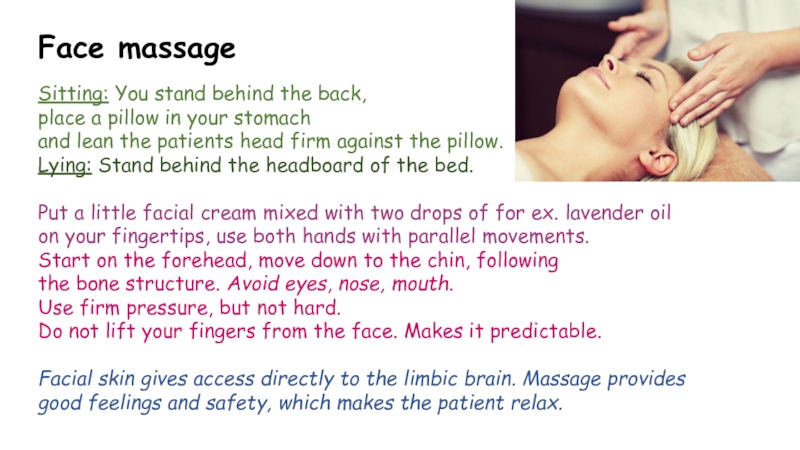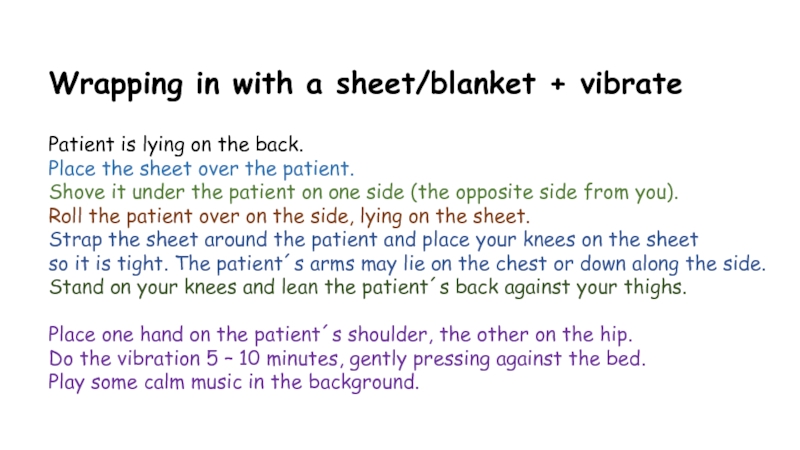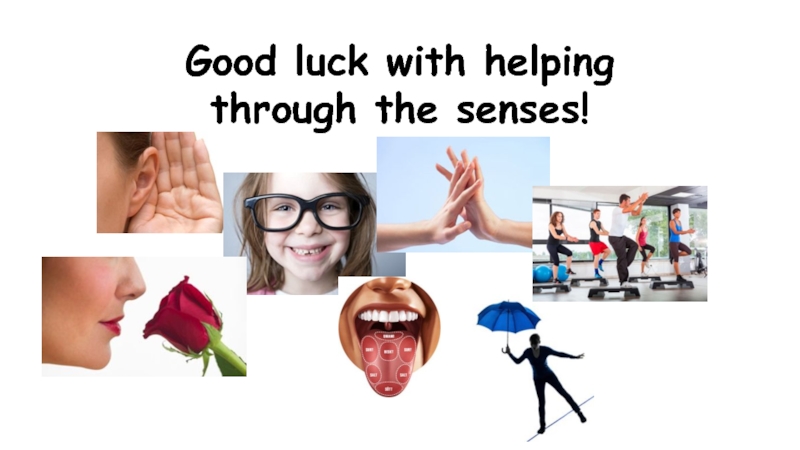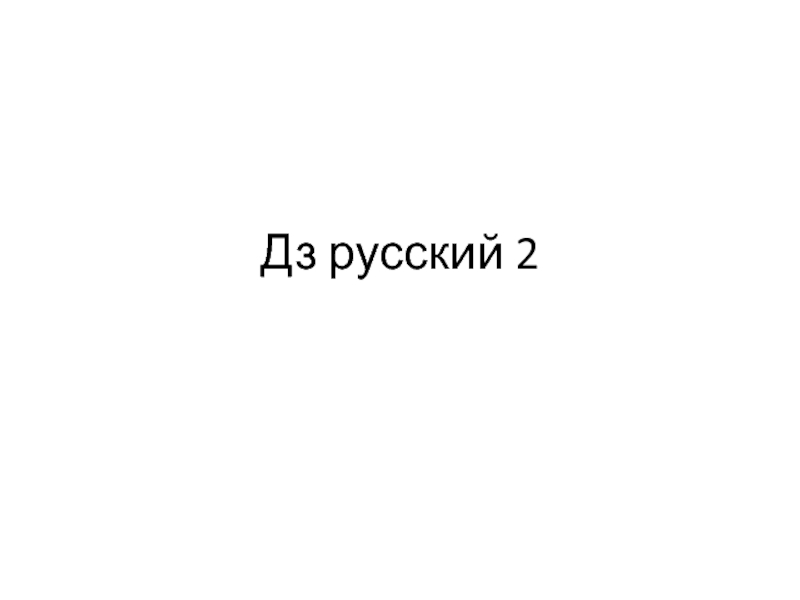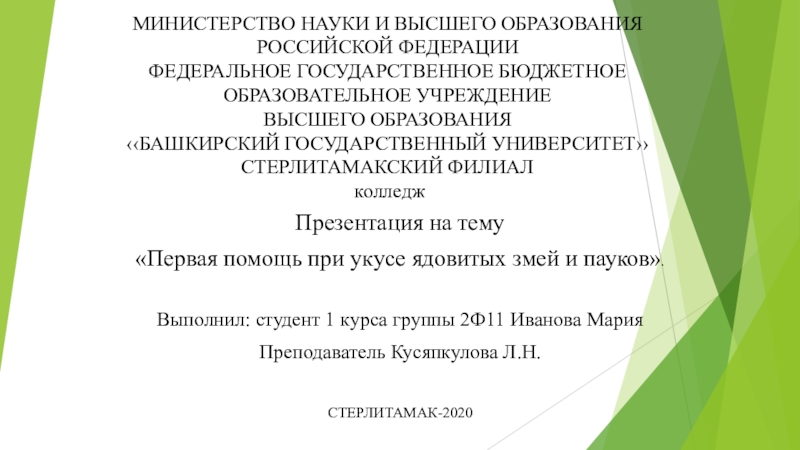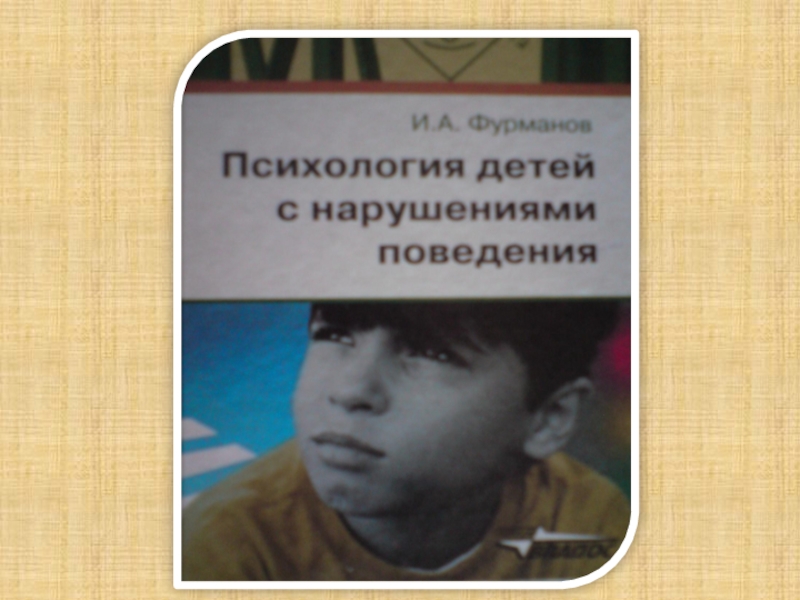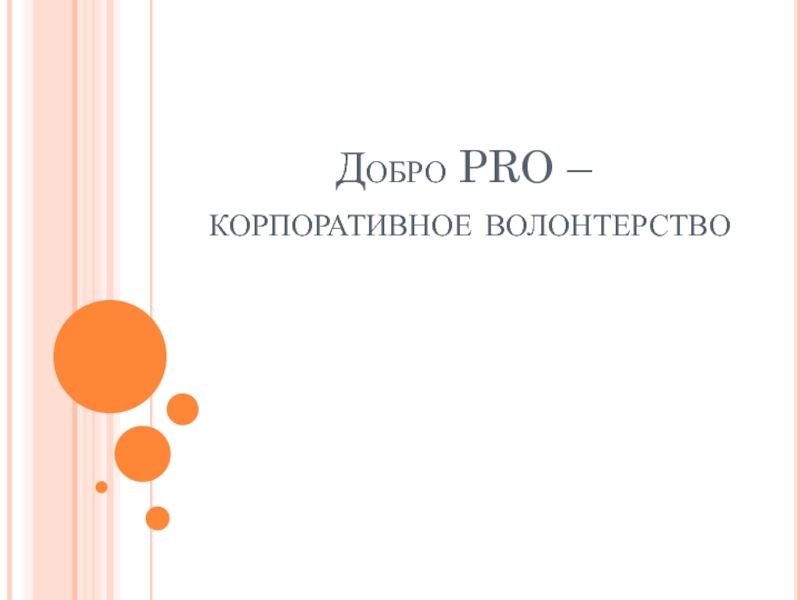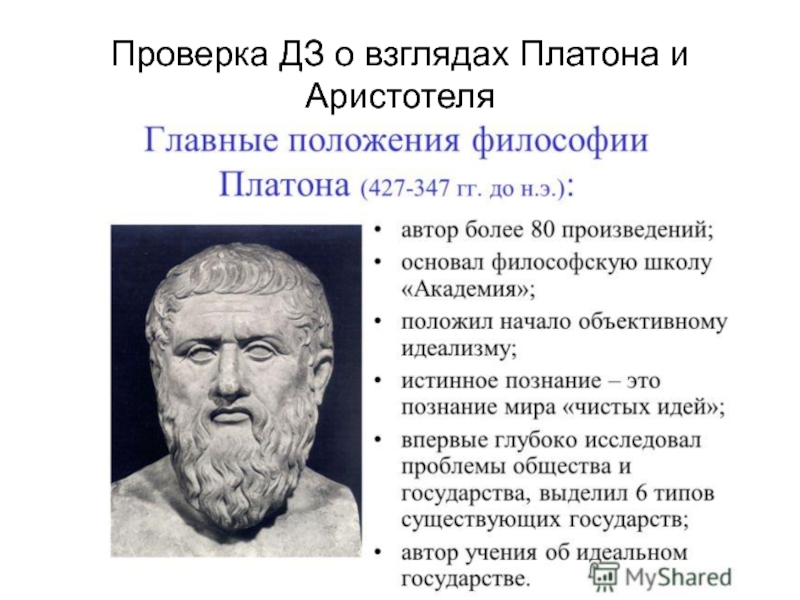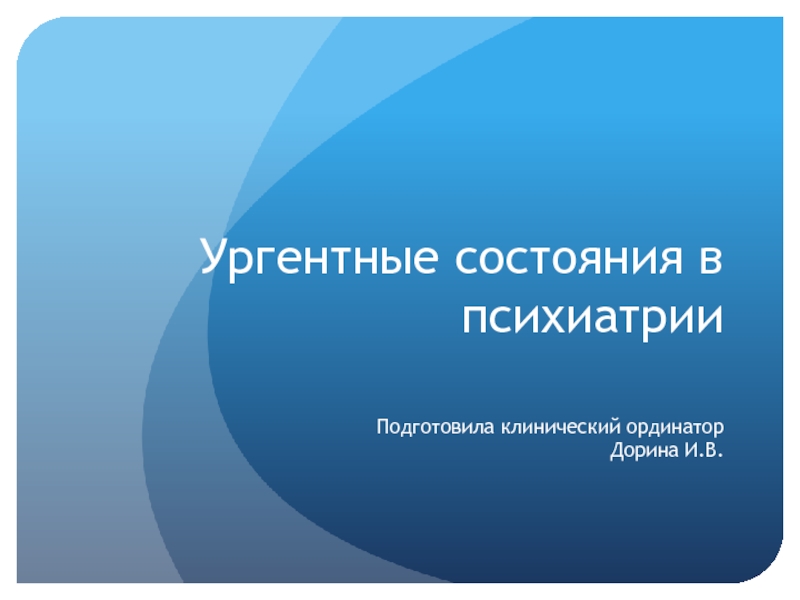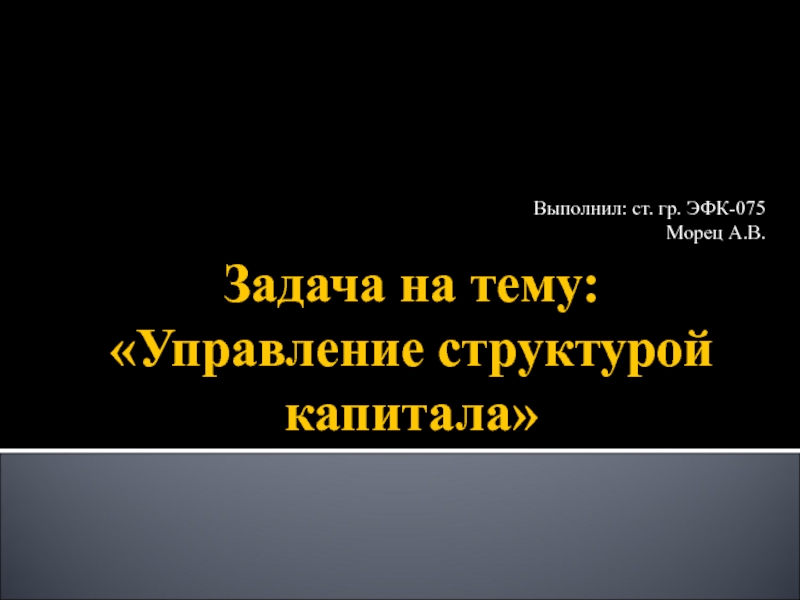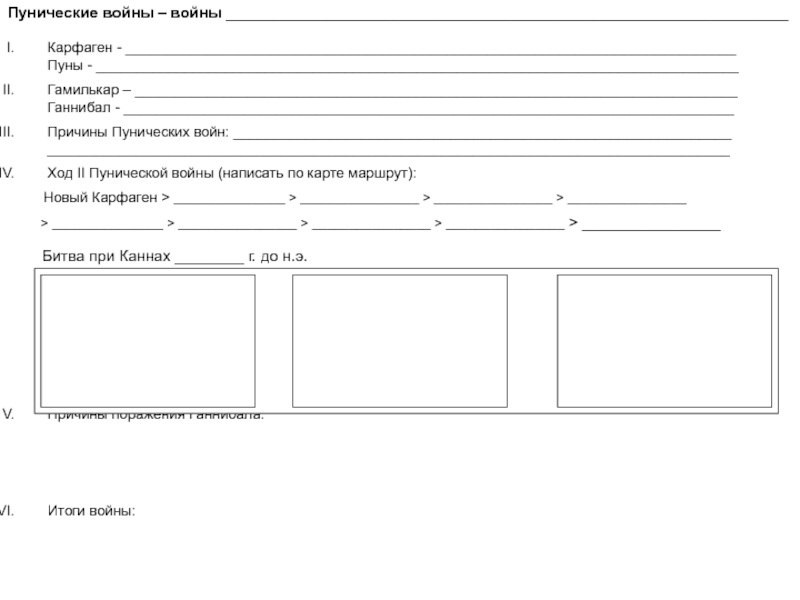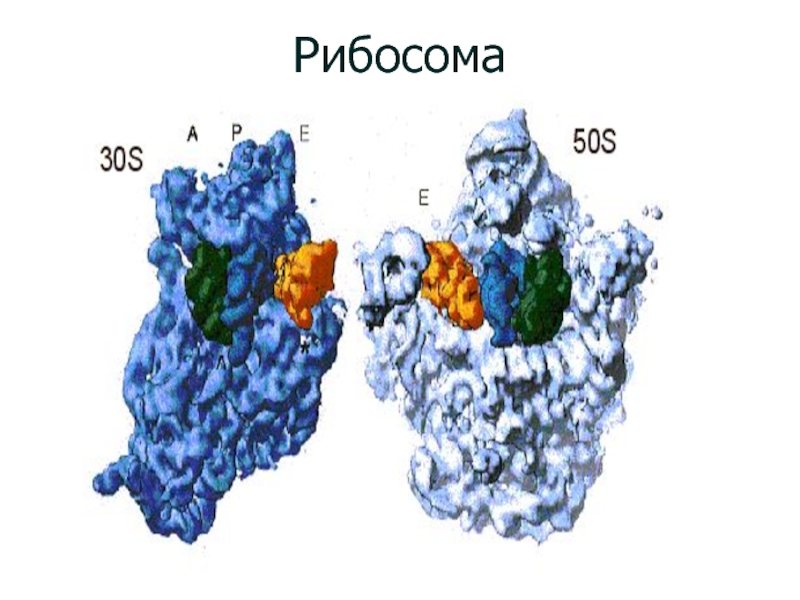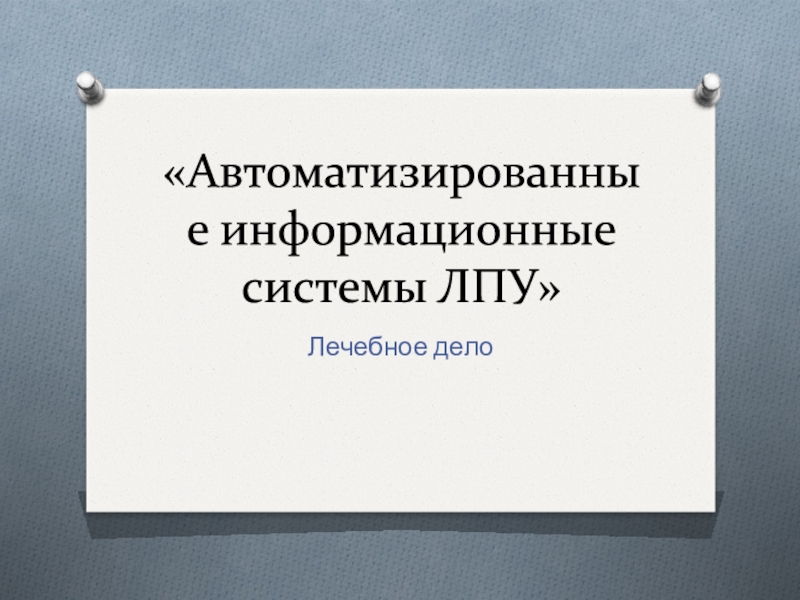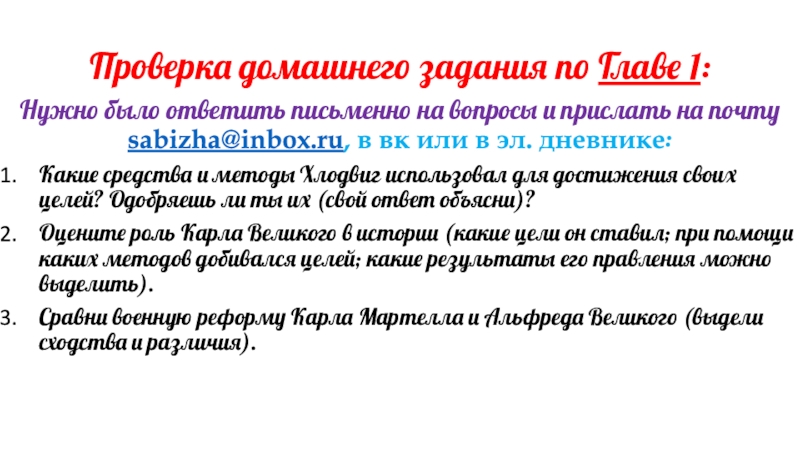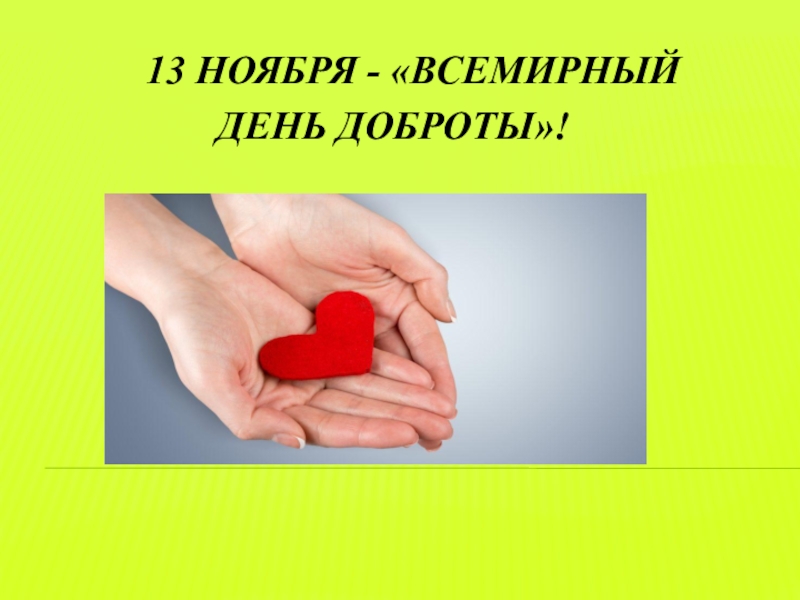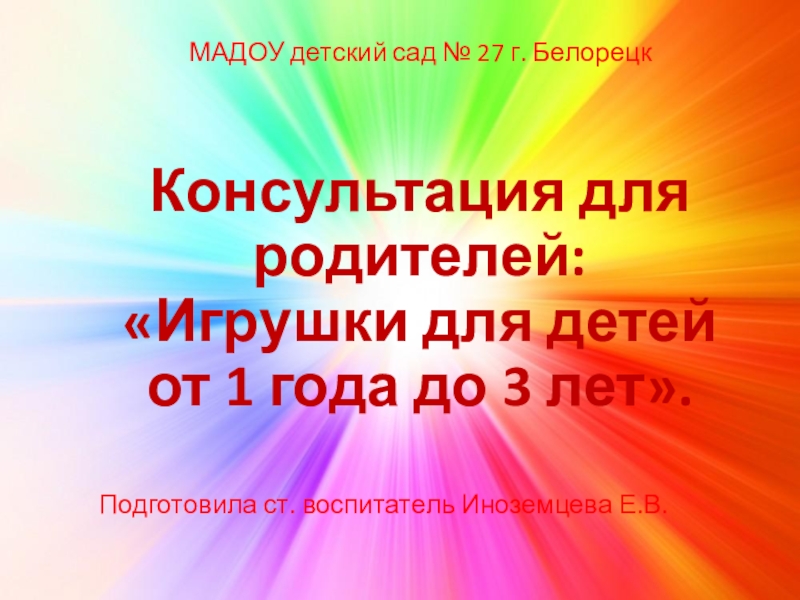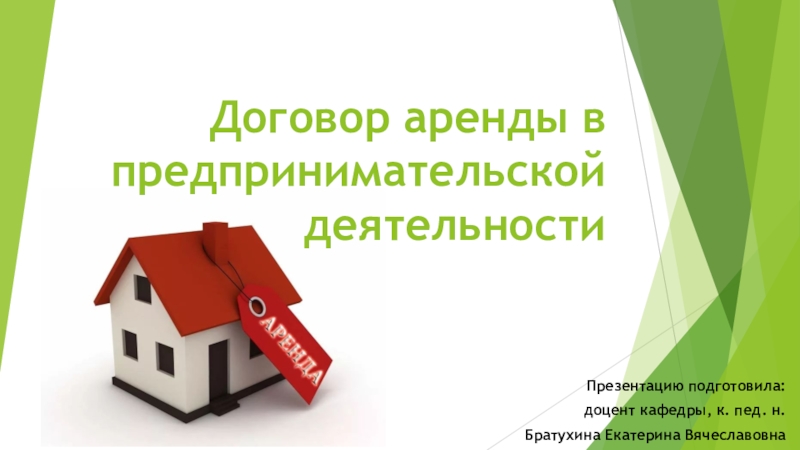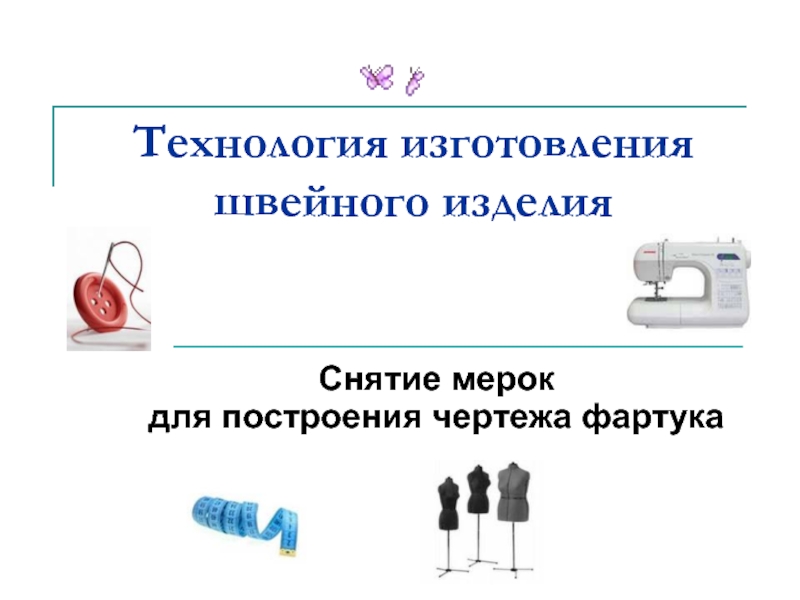Разделы презентаций
- Разное
- Английский язык
- Астрономия
- Алгебра
- Биология
- География
- Геометрия
- Детские презентации
- Информатика
- История
- Литература
- Математика
- Медицина
- Менеджмент
- Музыка
- МХК
- Немецкий язык
- ОБЖ
- Обществознание
- Окружающий мир
- Педагогика
- Русский язык
- Технология
- Физика
- Философия
- Химия
- Шаблоны, картинки для презентаций
- Экология
- Экономика
- Юриспруденция
Sensory stimulation / sensory integration for Huntington´s disease
Содержание
- 1. Sensory stimulation / sensory integration for Huntington´s disease
- 2. What is sensory integration?It is a process
- 3. Reduced sensory integrationDifficulties with integrating sensory input.
- 4. Basal gangliaThalamusHuntington's ChoreaInherited brain disease
- 5. Instant regulation of stimulus.Inhibit or promote impulses.Unconscious
- 6. Luria: Unit 2The unit for receiving, analyze
- 7. Luria: Unit 3: The boss!Frontal lobesThe unit
- 8. The limbic system: EmotionsThe inside of all
- 9. Emotional changes in the limbic systemFrontal lobes:Changed
- 10. Emotional changes in the limbic systemParietal:Injured left
- 11. Attention / Arousal
- 12. PERCEPTION:Become consciousof a sensory stimulusUNIT 3UNIT 2UNIT 1Reticularis substance
- 13. Sensing is a spiral process SENSE
- 14. Our 7 sensesHearingSightSmellTasteSweet, salt, sour, bitter, umami SensibilityJoint senseBalance
- 15. Our systems of senses:
- 16. BODY PERSEPTION- the visual and mental recollection
- 17. When do we choose sensory stimulation /
- 18. For whom? Craze / maniaDelusionsHallucinationsSelf harmingSplotchyAnxietyTactile shynessADHDDementiaDepressionHuntington
- 19. Increase alertnessLively musicVestibular stimulation (change speed, direction,
- 20. The brain reacts before it acts!If the
- 21. CalmingCalm musicFirm, deep touchingMassage with creamRhythmic movementsRocking
- 22. Heavy toolsWeight makes a deep proprioceptive stimulation
- 23. Heavy toolsExamples of diagnoses that can benefit
- 24. Sensory stimulation for persons with HuntingtonExamples of
- 25. Therapressure BrushI buy them from an occupational
- 26. Possible effects from sensory stimulationfor persons with
- 27. How to use the brushTactile sense, the
- 28. Approximation / joint compressionUse after the brushing:10
- 29. Rolling ball on bodyThe best position is
- 30. Face massageSitting: You stand behind the back,
- 31. Wrapping in with a sheet/blanket + vibratePatient
- 32. Good luck with helping through the senses!
- 33. Скачать презентанцию
Слайды и текст этой презентации
Слайд 2What is sensory integration?
It is a process that goes on
our whole lives. Every time we are in a new
situation receiving new sensory input, our brain must integrate these inputs, and at the same time build on the sensory inputs that is already integrated.Disturbed ability to process sensory input have great consequences for how to perform activities.
Wrong interpretation of sensory inputs often leads to altered performing.
.
.
Sensory integration (SI) is also a specific treatment for improving the integration of sensory inputs.
Everything happens in the brain!
Huntington´s disease (HD) is loss of brain cells.
If we want better quality of life for a person with HD, we must influence the brain.
Слайд 3Reduced sensory integration
Difficulties with integrating sensory input.
Problems with conducting
the behaviour lack of social adaptation.
Will often be understood
as hyper activity or bad behaviour. Слайд 4Basal ganglia
Thalamus
Huntington's Chorea
Inherited brain disease
(gene mutations)
Gives increased
cell death in the brain.
It is found all over the
world.Expected to live 15 – 20 years after having got the diagnosis, but great varieties.
«Dancing» movements, cognitive disorder, change of personality.
The cortex and basal ganglia is especially hit.
The basal ganglia regulates movements, change from one movement to another, change in muscle tone.
Gives lack of memory, of concentration, of initiative, irritability, strong angry outburst, depression, lack of speaking or understanding, eating disorder,
loss of weight.
Слайд 5Instant regulation of stimulus.
Inhibit or promote impulses.
Unconscious processes
Luria: Unit 1
The
unit for regulating muscle tone and wakening
and mental states.
Luria:
Three functional units of the brainСлайд 6Luria: Unit 2
The unit for receiving, analyze
and storing information.
Receiving impulses from the specialists
(look, hear, feel,
motions)Pass on to analyze
Associate / connect with earlier experiences
Conscious processes
VISUAL
SENSORY
AUDITORY
Слайд 7Luria: Unit 3: The boss!
Frontal lobes
The unit for programming,
regulation and
verification
of activity.
Get ideas
Make plans
Initiate motor movements
Control behaviour
Correct behaviour
Conscious processes
MOTOR
AREAСлайд 8The limbic system: Emotions
The inside of all the lobes in
the brain.
Controls our emotional reactions.
All sensory inputs are connected
with feelings here.Has great influence on our social behaviour.
Unconscious processes!
Hippocampus:
A direct way to our
long-term memory
Слайд 9Emotional changes in the limbic system
Frontal lobes:
Changed mental energy: - Apathy
-
Disturbed control of impulses
- Latency
Loss of planning skills: - Incontinence for
urine / stool- Emotional incontinence
Loss of evaluation: - Indiscriminate
- Perseveration of movements / language
- Lack of inhibition
Слайд 10Emotional changes in the limbic system
Parietal:
Injured left hemisphere:
Increased recognition
Depression
Self-blame
Puzzled –
what to do
Injured right hemisphere:
Displace / deny
Euphoria
Projection
Overconfident
Слайд 13Sensing is a spiral process
SENSE
PERSEPTION
INTERPRETATION
CONSIDER
MAKE PLANS
PERFORME
UNIT 2
UNIT 3
UNIT 1
Слайд 14Our 7 senses
Hearing
Sight
Smell
Taste
Sweet, salt, sour, bitter, umami
Sensibility
Joint sense
Balance
Слайд 16BODY PERSEPTION
- the visual and mental recollection of the body
Tactile
system (feeling on and under the skin):
Inside is me. Outside
in not me. Proprioceptive system (tendons, muscles, joints):
Feel positions of the body.
Vestibular system (feeling of balance):
Position in room / weight / direction.
Слайд 17When do we choose
sensory stimulation / sensory integration?
Low arousal,
half asleep
Uneasy, restless, confuse
Low motivation
Affective changes – apathy / aggressive
Bodily
disturbances Слайд 18For whom?
Craze / mania
Delusions
Hallucinations
Self harming
Splotchy
Anxiety
Tactile shyness
ADHD
Dementia
Depression
Huntington
Слайд 19Increase alertness
Lively music
Vestibular stimulation (change speed, direction, order)
Fresh air, wind
Large
movements, open up, stretch
Ice cube in face, on artery in
wristSmells: Coffee, vinegar, garlic, lemon (vary!)
Laughter is internal jogging
Light and sound
Light touch
Small supporting area
Слайд 20The brain reacts before it acts!
If the patient shall be
awake and more active,
the brain needs something to react on.
Слайд 21Calming
Calm music
Firm, deep touching
Massage with cream
Rhythmic movements
Rocking chair
Walking in a
rhythm
Chewing
Firm handling
Wrapping of body
Smells: Perfumes, oils
Vibration
Wide supporting area
Слайд 22Heavy tools
Weight makes a deep proprioceptive stimulation that:
- inhibits the
stream of impulses to the CNS.
- increases body awareness,
the
patient feels the body borders,and therefore feels more calm.
Blanket with balls
Blanket with chestnuts
Blanket with chains
Слайд 23Heavy tools
Examples of diagnoses that can benefit from these:
Neuropsychiatric diagnoses
Mental
health
Dementia
Neurological illnesses
Brain damages
Sleeping problems
Spasticity
Unrest and anxiety
Anorexia /bulimia
Elderly persons
Huntington
Chorea Слайд 24Sensory stimulation for persons with Huntington
Examples of calming / soothing
techniques:
Heavy tools (during the night / in daytime)
Massage (face,
body) Brushing (tactile sense, the boundaries of the body)
Pressing the joints together (the brain feels stability)
Rolling a ball on the body (the boundaries of the body)
Rocking (slow and soothing rhythm)
Vibration (feel your “bones”)
Music (calm, mute the pulse)
You can use several stimuli at the same time:
Blanket with weight + face massage + calm music
Brushing, then blanket with weight in a rocking chair + calm music
Слайд 25Therapressure Brush
I buy them from an occupational therapist in Denmark,
Birgitte Christensen Gammeltoft.
Price per brush: 35 DKK. (4,69 Euro)
A box
with 48 brushes costs 1.660 DKK. (222,55 Euro) incl. the shipment+ customs (25 % to Norway!)
E-mail: kurt@gammeltoft.org
Website: www.gammeltoft.eu
Слайд 26Possible effects from sensory stimulation
for persons with Huntington
Stronger awareness
of the body
Less involuntary movements
Become more independent in ADL
Better sleep
Better
circulation Relaxation
Better breathing
Increased salivation (spit)
Better swallowing
Experience safety
Wellness
Слайд 27How to use the brush
Tactile sense, the discriminating part.
Long and
slow brushing back and forth. Hold the brush across.
Firm
brushing, but not hard. Try at yourself. Too soft brushing is unpleasant.
Brush the back, arms and legs, also fingers and feet.
Try not to lift the brush off the body if possible.
Avoid the oval area:
Face, chest, stomach, inside of thighs – only on the outside.
On the back only down to the belt.
Preferably on bare skin. Stop when you have cowered
the skin, that is enough.
Think that you are giving the body back to the person
Слайд 28Approximation / joint compression
Use after the brushing:
10 small moderate pressings
in all joints.
Brushing increases sensibility and attention,
approximation is soothing.
Start
proximally: Through the spine (sitting if possible)
Shoulders
Elbows
Wrist
Fingers
Hips
Knees
Ankles
Toes
Try to hold the joints in 0-position if possible
(straight).
Слайд 29Rolling ball on body
The best position is lying on the
stomach.
Roll the ball gently. Clothes are OK.
Start on the
back, vertical, horizontally, cowerthe back with the ball.
Then the arms, from fingertips over
the shoulders to the other fingertips x 3 ?
From shoulder to toe and up x 3?
End on top of head.
Do not lift the ball from the body
at any time. Makes it predictable.
Do not press: We just want the brain to
be conscious of the feeling of the ball moving
around on the body, makes the brain relax.
Backside
Слайд 30Face massage
Sitting: You stand behind the back,
place a pillow
in your stomach
and lean the patients head firm against
the pillow.Lying: Stand behind the headboard of the bed.
Put a little facial cream mixed with two drops of for ex. lavender oil
on your fingertips, use both hands with parallel movements.
Start on the forehead, move down to the chin, following
the bone structure. Avoid eyes, nose, mouth.
Use firm pressure, but not hard.
Do not lift your fingers from the face. Makes it predictable.
Facial skin gives access directly to the limbic brain. Massage provides
good feelings and safety, which makes the patient relax.
Слайд 31Wrapping in with a sheet/blanket + vibrate
Patient is lying on
the back.
Place the sheet over the patient.
Shove it under the
patient on one side (the opposite side from you).Roll the patient over on the side, lying on the sheet.
Strap the sheet around the patient and place your knees on the sheet
so it is tight. The patient´s arms may lie on the chest or down along the side.
Stand on your knees and lean the patient´s back against your thighs.
Place one hand on the patient´s shoulder, the other on the hip.
Do the vibration 5 – 10 minutes, gently pressing against the bed.
Play some calm music in the background.
